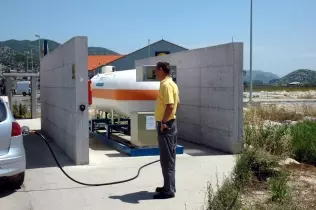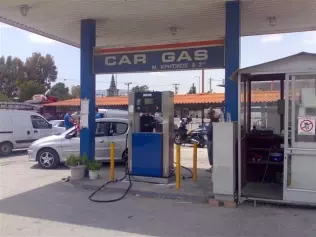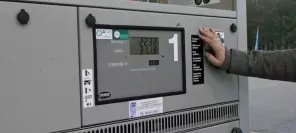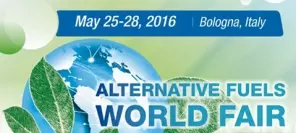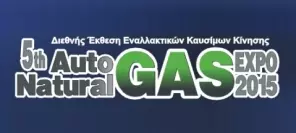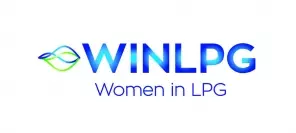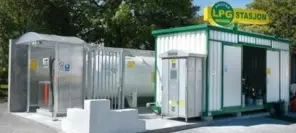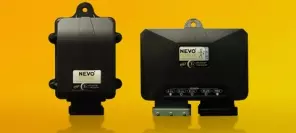- Main page
- Search
- Up to date
- Products
- Technology
- Vehicles
- Video
- Conversion Payback Simulator
Port Injection - Conversion Payback Simulator
Direct Injection - Conversion Payback Simulator
Diesel - Newsletter
LPG in Croatia and Greece: sunny savings
 loading results...
loading results...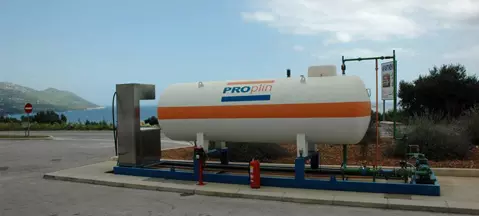 © gazeo.com
© gazeo.com Croatia
The Balkans are generally a region where autogas is commonly available, at least when you know they call it plin, autoplin or GPL. Filling stations are particularly easy to come by along major transit routes, which is quite important since in Croatia there is more to see than beaches and turquoise sea, including picturesque and well preserved old cities, like the beautiful Dubrovnik. Interestingly, to get there from the popular seaside resorts of Riviera Makarska, you will find the shortest way there leads through... Bosnia and Herzegovina!
According to information from mylpg.eu, Croatia has 233 autogas filling points, including 49 under the INA brand. For a map and a list of stations, have a look here or here (the latter is a map of Tifon stations only).
As for prices, fuels are generally affordable for European tourists, maybe slightly cheaper than in Germany or France. LPG is priced at 4,69 HRK (Croatian kuna) per litre on average, whereas petrol is 9,95 kuna/l and diesel is 9,24 kuna/l. For prices at stations of the INA network, have a look here. For general information concerning traveling to Croatia, consult this site.
When it comes to the refueling nozzle standard, the Italian dish is commonplace in Croatia, so if you have a different type of coupling in your car, think of getting an appropriate adapter. And if you are accustomed to self-service refueling, forget that while on holiday – it is forbidden and you will always have to wait for the station's employee to do the job for you.
Even though autogas is popular in Croatia, back in 2008 (which is not that long ago) there were only 30 thousand LPG-powered vehicles on the roads and as few as 90 fuel retail points. The vehicle number figure doubled within a year and rose even more steeply in 2010, reaching 150 thousand that year. As usual, the tendency is driven by economic factors, since autogas costs approximately half the price of regular petrol. In terms of LPG production, Croatia is a self-sufficient market. For instance, in 2009 51% of LPG produced domestically was exported, while the remaining 49% was consumed locally, primarily as motor fuel.
Greece
Until recently, buying autogas in Greece was next to impossible. Even though the fuel used to be very popular in the country back in the 1980's, in 2009 there were only 42 dispensing stations left. There was a time when the vast majority of Greek taxis were LPG-powered, but in 1995 the authorities decided to update the cab fleet and opted for diesels instead. Since it was illegal at the time to convert private cars to run on autogas, the market practically vanished overnight. 2003 was the year of a breakthrough, for it was then that it was allowed to convert individual vehicles. LPG boom began the next year, when excise duty for petrol and diesel was raised and autogas became particularly affordable (at half the price of petrol and 60% of the price of diesel). The economic crisis which struck Greece a couple of years ago only served to further boost the blooming market.
It is estimated that in January 2009 there were still as few as 15 thousand LPG-powered vehicles on Greek roads, but the number rose to 200 thousand in September 2012. As for stations, the figure rose from 42 to 300 within the same time span.
According to fuel-prices-europe.info, autogas in Greece is priced at 0,74 euro on average, whereas petrol costs 1,67 euro/l and diesel 1,36 euro/l. The refueling nozzle coupling standard is Italian dish, which many motorists from across Europe should find convenient. For maps and lists of LPG stations go here, here or here.
